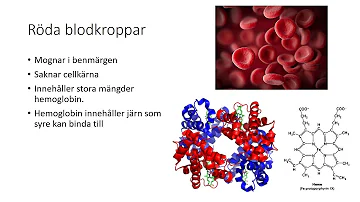What does Artificialism mean?
Innehållsförteckning
- What does Artificialism mean?
- What is animism in psychology?
- What is Precausal thinking?
- What is Transductive reasoning in child development?
- What is an example of Artificialism?
- What are some examples of animism?
- What are the major beliefs of animism?
- What is conservation Piaget?
- What is the example of Transductive reasoning?
- What is Artificialism in philosophy?
- What is the difference between animism and Artificialism?
- What is Artificialism According to Jean Piaget?

What does Artificialism mean?
n. the assumption that anything that exists must have been made by a conscious entity, such as God or a human being, who is directly responsible for its qualities and movements.
What is animism in psychology?
Animism. This is the belief that inanimate objects (such as toys and teddy bears) have human feelings and intentions. By animism Piaget (1929) meant that for the pre-operational child the world of nature is alive, conscious and has a purpose.
What is Precausal thinking?
the tendency of a young child (under the age of 8) to perceive natural phenomena, such as rain, wind, and clouds, in terms of intentions and willful acts, that is, in anthropomorphic rather than mechanical terms. See also animism. [ first described by Jean Piaget ]
What is Transductive reasoning in child development?
the tendency of a child in the preoperational stage of cognitive development to see a connection between unrelated instances, using neither deductive nor inductive means to do so. For example, the child might say, I haven't had my nap, so it isn't afternoon. [ proposed by Jean Piaget ]
What is an example of Artificialism?
Artificialism refers to the belief that environmental characteristics can be attributed to human actions or interventions. For example, a child might say that it is windy outside because someone is blowing very hard, or the clouds are white because someone painted them that color.
What are some examples of animism?
Examples of Animism can be seen in forms of Shinto, Hinduism, Buddhism, pantheism, Paganism, and Neopaganism. Shinto Shrine: Shinto is an animistic religion in Japan.
What are the major beliefs of animism?
Animism – the belief that all natural phenomena, including human beings, animals, and plants, but also rocks, lakes, mountains, weather, and so on, share one vital quality – the soul or spirit that energizes them – is at the core of most Arctic belief systems.
What is conservation Piaget?
Conservation is the understanding that something stays the same in quantity even though its appearance changes. Conservation of number (see video below) develops soon after this. ... Piaget (1954b) set out a row of counters in front of the child and asked her/him to make another row the same as the first one.
What is the example of Transductive reasoning?
For example, a child might say that it is windy outside because someone is blowing very hard, or the clouds are white because someone painted them that color. Finally, precausal thinking is categorized by transductive reasoning.
What is Artificialism in philosophy?
- Sign In. Artificialism is a term coined by Jean Piaget that refers to the religiously-oriented perspective that all things were created by an intelligent entity that has complete control over their qualities, movements, and behaviors.
What is the difference between animism and Artificialism?
- Artificialism is a term coined by Jean Piaget that refers to the religiously-oriented perspective that all things were created by an intelligent entity that has complete control over their qualities, movements, and behaviors. Piaget contrasted this artificialistic perspective to animism, a view that embraces a greater self-determinism.
What is Artificialism According to Jean Piaget?
- Artificialism. Artificialism is a term coined by Jean Piaget that refers to the religiously-oriented perspective that all things were created by an intelligent entity that has complete control over their qualities, movements, and behaviors. Piaget contrasted this artificialistic perspective to animism, a view that embraces a greater...















